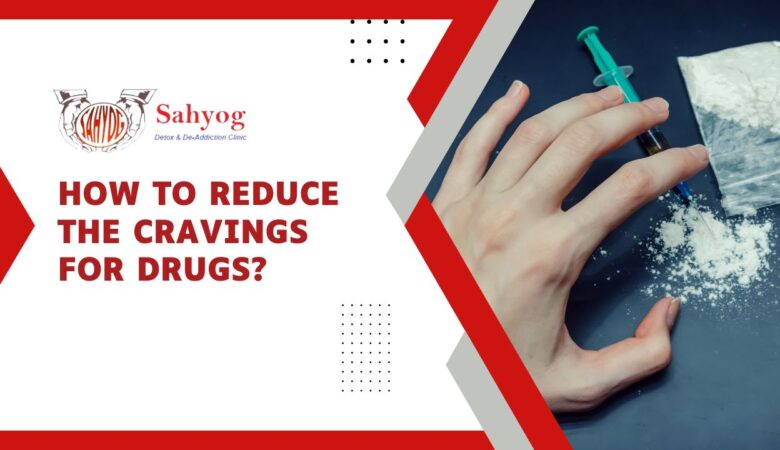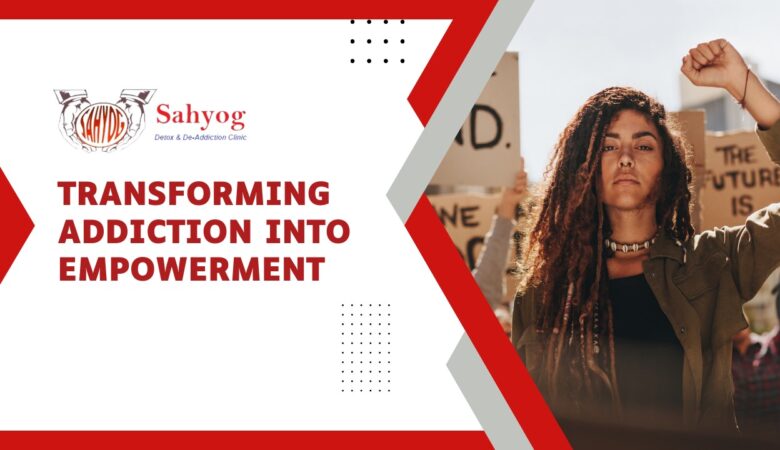Exploring the Efficacy of Opium Therapy in Pain Management
Introduction to Opium Therapy Welcome to a deep dive into the world of pain management with a centuries-old remedy – opium therapy. Join us as we unravel the history, benefits, risks, and controversies surrounding this age-old practice in alleviating pain. Whether you’re seeking alternative solutions or simply curious about its efficacy, this exploration will shed light on the use of opium in modern medicine. Let’s embark on this enlightening journey together! History of Opium and its Use in Medicine Opium, derived from the opium poppy plant, has a long and intricate history intertwined with medicine. Dating back centuries, ancient civilizations like the Sumerians and Egyptians utilized opium for its pain-relieving properties. Over time, its use spread across Asia and Europe, becoming a staple in traditional medicine practices. In the 19th century, morphine was isolated from opium and revolutionized pain management. Soldiers wounded in battle during various wars found relief through this potent extract. However, with its efficacy came concerns about addiction and misuse. By the late 20th century, synthetic opioids like oxycodone emerged as alternatives to natural opiates. Despite advancements in pharmaceuticals, opium-based medications continue to play a crucial role in managing severe pain conditions today. The journey of opium in medicine reflects a complex evolution shaped by cultural practices, scientific discoveries, and ongoing debates surrounding its benefits and risks within healthcare systems worldwide. Mechanism of Action and Benefits of Opium in Pain Management Opium, derived from the poppy plant, contains compounds called alkaloids that interact with specific receptors in the brain and spinal cord. These interactions result in a reduction of pain signals being transmitted, leading to pain relief for individuals suffering from various conditions. The benefits of opium therapy in pain management extend beyond just alleviating physical discomfort. It can also help improve overall quality of life by allowing patients to engage more fully in daily activities without constant debilitating pain holding them back. By targeting the central nervous system, opium can provide effective relief for moderate to severe chronic pain that may not respond adequately to other medications or treatments. This makes it a valuable option for individuals struggling with long-term pain conditions. Despite its effectiveness, it’s essential for healthcare providers to carefully monitor patients undergoing opium therapy due to the potential risks of addiction and respiratory depression associated with prolonged use. Consulting with a medical professional is crucial when considering opium as part of a comprehensive pain management plan. Comparing Opium Therapy to Other Pain Management Methods When it comes to managing pain, there are various methods available in modern medicine. Opium therapy, derived from the opium poppy plant, has been used for centuries to alleviate pain effectively. Unlike over-the-counter medications that provide temporary relief, opium acts on the central nervous system to offer long-lasting pain relief. Compared to other pain management methods like nonsteroidal anti-inflammatory drugs (NSAIDs) or physical therapy, opium therapy is often prescribed for severe and chronic pain conditions where other treatments may not be as effective. It can provide significant relief for patients suffering from cancer-related pain or terminal illnesses. Despite its effectiveness, opium therapy does come with potential side effects and risks such as addiction and respiratory depression. Therefore, it’s crucial for healthcare providers to carefully monitor patients undergoing opium treatment to minimize these risks. As research continues to explore the benefits and drawbacks of opium therapy compared to other options, healthcare professionals play a vital role in guiding patients towards personalized pain management plans tailored to their specific needs. Benefits of opium therapy compared to other pain management methods Opium therapy offers unique benefits in pain management compared to other methods. One significant advantage is its effectiveness in providing long-lasting relief for chronic pain conditions that may not respond well to conventional treatments. Opium-based medications can target specific pain receptors in the brain, offering a more targeted approach to managing intense or persistent pain. Moreover, opium therapy can be beneficial for patients who have developed tolerance or dependence on other medications, as it works through different pathways in the body. This alternative option allows healthcare providers to tailor treatment plans based on individual needs and responses, enhancing overall patient care and outcomes. Additionally, opium therapy has shown promising results in improving quality of life for individuals with severe pain issues, enabling them to participate more fully in daily activities and routines. By addressing pain at its source, opium medications can offer a comprehensive solution for those struggling with debilitating conditions. In comparison to traditional pain management approaches, opium therapy provides a viable alternative that may benefit patients who have not found relief with standard treatments. Its unique mechanisms of action and potential advantages make it a valuable option worth considering under appropriate medical guidance. Potential Side Effects and Risks of Opium Therapy Opium therapy, like any medication, comes with potential side effects and risks that must be considered. These can include nausea, constipation, dizziness, and drowsiness. Some individuals may also experience more serious side effects such as respiratory depression or addiction. It’s crucial for patients to work closely with their healthcare providers to monitor for any adverse reactions while on opium therapy. Adjustments in dosage or alternative treatments may be necessary if side effects become problematic. Long-term use of opium can lead to tolerance, dependence, and withdrawal symptoms when stopping the medication. This highlights the importance of using opium therapy under strict medical supervision and following prescribed guidelines carefully. Patients should always communicate openly with their doctors about any concerns or changes in their health while undergoing opium therapy. By staying informed and vigilant about potential risks, individuals can maximize the benefits of this treatment while minimizing negative outcomes. Controversies Surrounding the Use of Opium for Pain Relief Opium therapy has long been a subject of debate in the medical community due to its potential for addiction and misuse. Some argue that the risk of dependence outweighs the benefits it offers in pain management. Critics point to the opioid crisis as evidence of the dangers associated with opium-derived medications.










